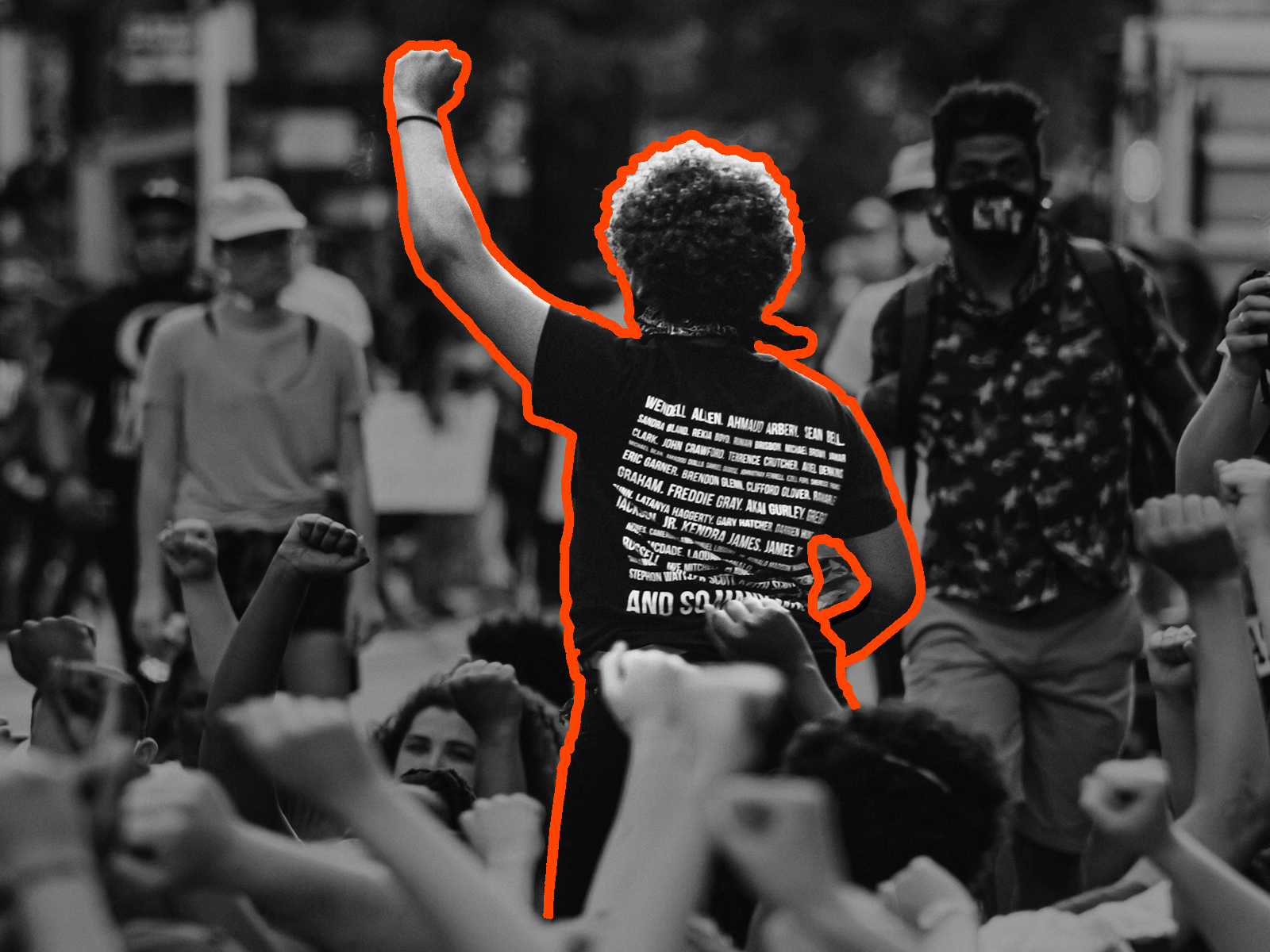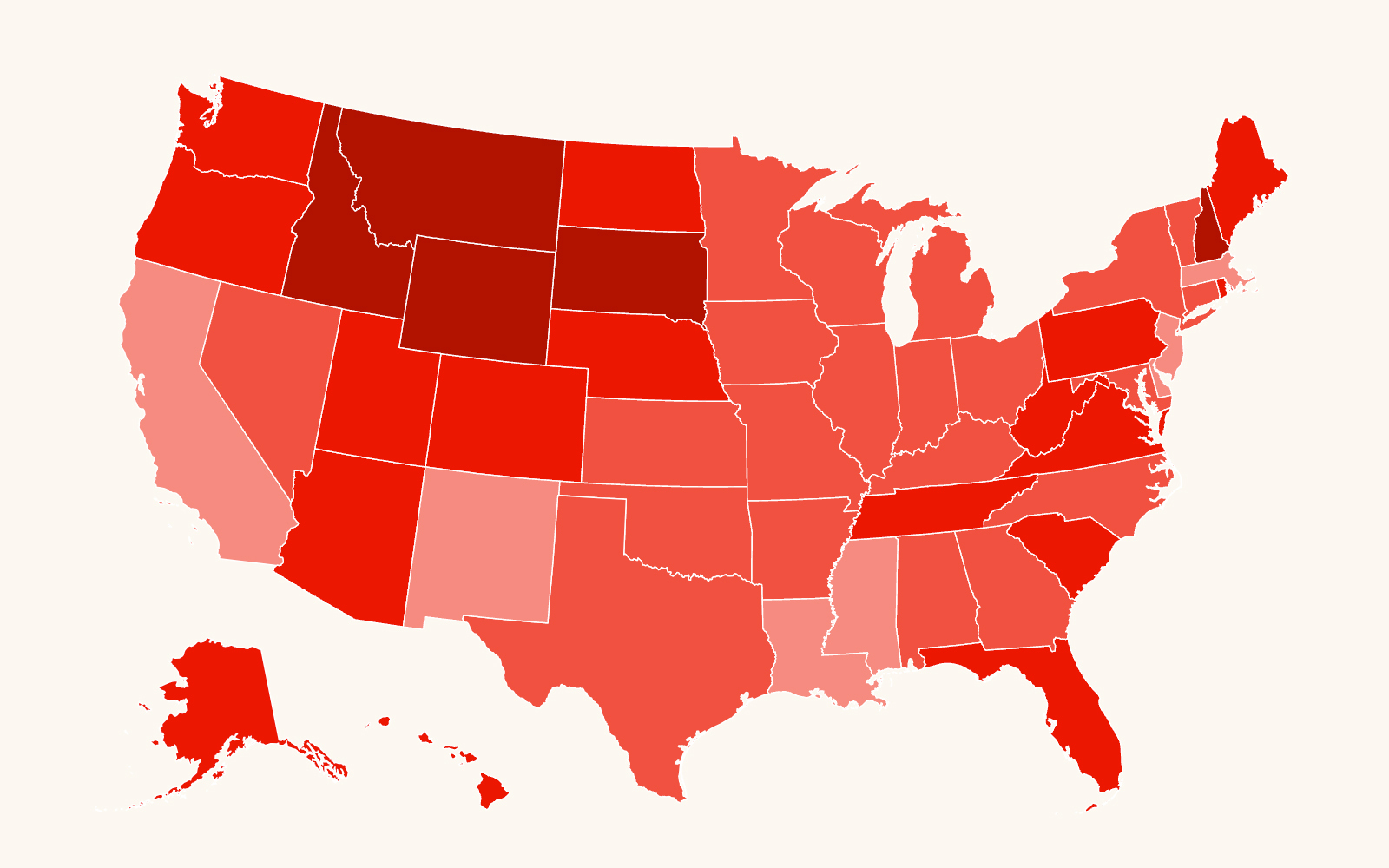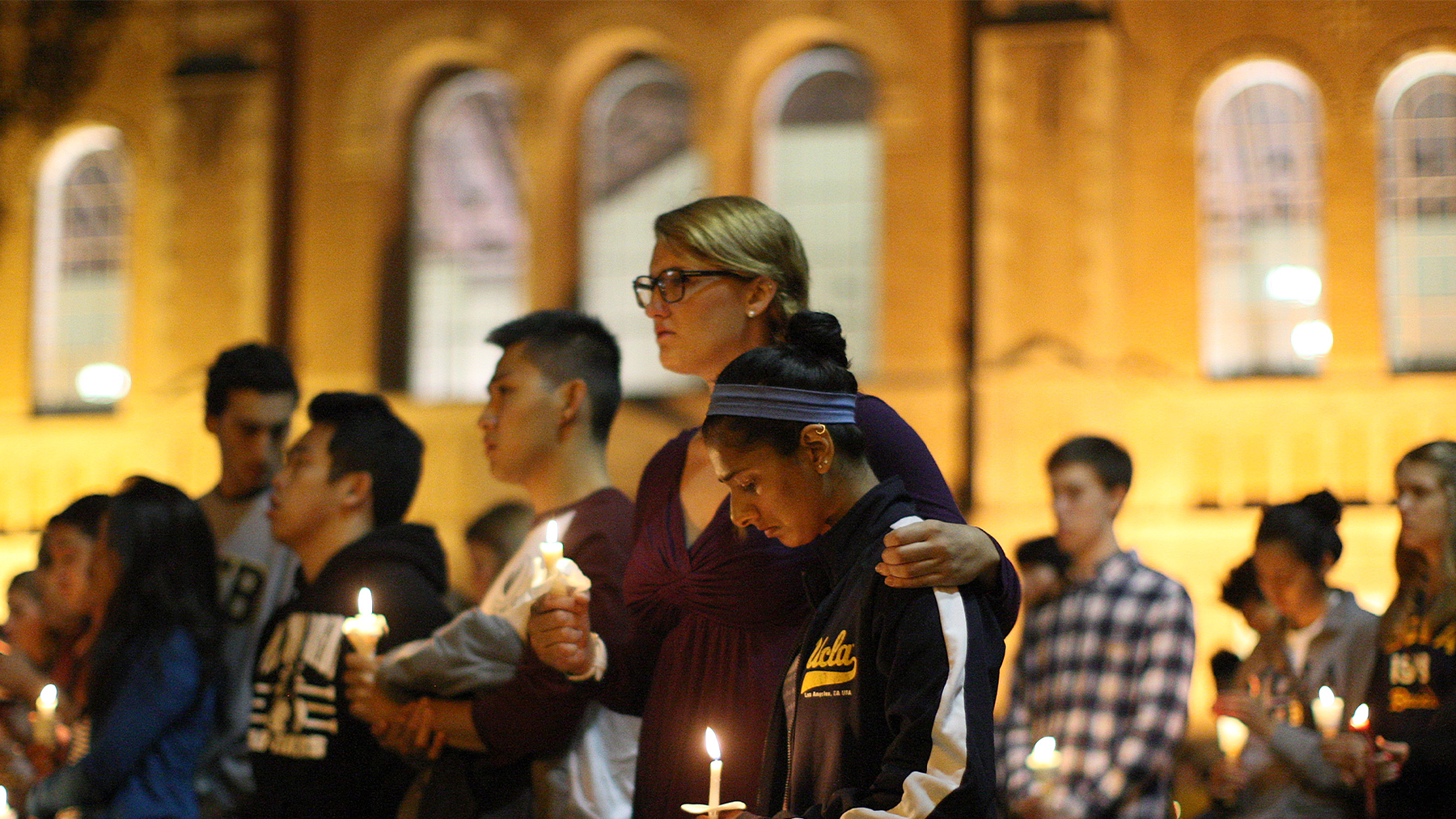Nine years ago, on May 23, 2014, the 22-year-old Isla Vista, California, shooter declared “war on women” and shared a sinister message with the world: “I cannot kill every single female on earth, but I can deliver a devastating blow that will shake all of them to the core of their wicked hearts.”
He murdered his two housemates and their friend, then calmly went to a Starbucks – where he uploaded a video titled “Retribution” to YouTube and emailed his manifesto to his therapist, detailing his hatred for women and white supremacist beliefs that intertwined to fuel a sense of entitlement and rage.
Armed with three semiautomatic weapons, magazines loaded with more than 400 rounds of ammunition and two knives, the Isla Vista shooter traveled to a University of California, Santa Barbara sorority house, which he believed symbolized the desirable, unattainable women who had rejected him his whole life. In his manifesto he claimed to have stalked these women in preparation for the attack and wrote, “I will … slaughter every single one of them with my guns and knives. … Then we shall see who the superior one really is!”
Unable to get into the house, he shot three women outside before returning to his car to continue his murderous rampage throughout Isla Vista. He drove around the city sporadically shooting out of his window and running into pedestrians before shooting himself. He killed six people and injured 14 others.
The following day, The New York Times published his 140-page manifesto in full. A week later it published a profile that opens by describing the Isla Vista shooter’s mental health struggles and parents’ divorce. The authors offer a sympathetic overview of his early life, emphasizing his experience with bullies and crippling loneliness. In her book Men Who Hate Women, feminist writer Laura Bates critiques the piece, noting that the four men who wrote the article never use the terms “terrorism,” “extremism,” “misogyny” or “sexism.” The word “terrorist” is used but only in reference to the Sept. 11 attacks and their impact on the economy.
While the violence in Isla Vista was not the first act of male supremacist mass violence, it marked the first in a wave of attacks committed in the name of a new ideology. Misogynist “incels” – short for “involuntarily celibates” – comprise a male supremacist movement of heterosexual men who believe they are entitled to sex with attractive women and believe that feminism and evil, selfish women have denied them of this right. Despite their emphasis on sex, misogynist incels are more interested in violently controlling women than they are with having relationships with them. While this community had been progressing for years, the Isla Vista attack is recognized as the pivotal moment where misogynist incels coalesced as a movement distinct from other male supremacist online communities.
Manifesto inspires violence
Facilitated in part by The New York Times, supporters shared the Isla Vista shooter’s manifesto and YouTube videos and used his ideas to formalize their foundational beliefs. Nearly a decade later, mass shooters continue to cite his manifesto as part of their inspiration to conduct violence, and yet the full text remains available on The New York Times’ website.
In the last nine years, the misogynist incel community has expanded rapidly. One popular online forum saw a growth of more than 4,000 new members in 2022 alone. The Anti-Defamation League documented five incidents of incel violence and plots that same year, including a man who intentionally drove his car into two girls, and two men who threatened mass violence. Since the infamous attack in Isla Vista, more than 100 people have been killed or injured in the name of this extremist ideology. The Isla Vista shooter’s violence continues to be celebrated, and he is glorified by this community as a saint and a hero.
As the threat of incel violence continues to rise, experts are slowly starting to recognize the danger incels pose. In 2018, the Southern Poverty Law Center and the National Consortium for the Study of Terrorism and Responses to Terrorism (START) began tracking male supremacy as an extremist ideology. The following year, the Institute for Research on Male Supremacism was founded to analyze this kind of extremism and provide resources for scholars, activists and the media.
The government’s response has also improved. In 2020, an unclassified Texas Department of Homeland Security domestic terrorism threat assessment urged law enforcement officers to recognize incels as an emerging and dangerous terrorist threat, rather than merely a criminal threat. In 2022, the U.S. Secret Service released a threat assessment case study of a misogynist incel and warned that “[h]atred of women, and the gender-based violence that is associated with it, requires increased attention from everyone with a role in public safety.”
Legitimizing beliefs
Unfortunately, there remain major gaps in our understanding of misogynist incels and male supremacy more broadly.
Male supremacy is more than a fringe ideology held by the most extreme segments of society; it must be contextualized within society more broadly. It is a social hierarchy in which cisgender men have disproportionate power and use it to subordinate women, trans men and nonbinary people.
Efforts to understand misogynist incels often fail to connect their male supremacist ideology with the everyday misogyny that permeates society. Beyond the mass attacks that capture headlines, this ideology manifests itself in everyday acts of gender-based violence that often go unnoticed. Similarly, legislative efforts to restrict reproductive rights, prevent individuals from accessing gender-affirming care, criminalize drag performances and end no-fault divorce all reflect this culture.
Further, media coverage often provides oxygen to their extreme views and sympathizes with their perceived victimhood.
Shortly after a Canadian incel drove a van into crowds of people, killing 11 and injuring 15 others, The New York Times repeatedly platformed and legitimized incel theories about sexual entitlement. Days after the attack, George Mason University professor Robin Hanson wrote a controversial blog that falsely equated misogynist incels to those fighting against economic inequality. In a New York Times op-ed titled “The Redistribution of Sex,” conservative columnist Ross Douthat defended Hanson’s arguments and suggested that sex robots and sex workers are the inevitable solution to violent incels.
Douthat mainstreamed misogynist incel arguments by suggesting there is an inevitable “right to sex” and blaming the sexual revolution for the incel plight of “loneliness and frustration.” Shortly after, The New York Times published a profile on Jordan Peterson that gave a platform to his belief that, as the reporter summarized, “violent attacks are what happens when men do not have partners.” Peterson said in the profile that “enforced monogamy” is the solution to incel violence. While the article is highly critical of Peterson and his ideas, it still gave him an audience of millions of readers. Solutions that come from the same misogyny that informs and motivates incel violence only serve to legitimize their male supremacist worldview and publicly affirm their perceived persecution.
Failure to recognize threat
Another blind spot is in the inaccurate naming and tracking of this extremist ideology, its mobilization and violence. While the number of scholarly articles analyzing misogynist incels has exploded in recent years, they rarely appear on students’ syllabi for terrorism studies courses. Additionally, even extremism databases that track male supremacy often view it as secondary to white supremacy or antigovernment ideologies. If the perpetrator is motivated by a combination of male supremacy and another ideology, often the former will not be listed.
Critical government reports evaluating extremist threats and efforts to prevent them rely on data that excludes incel violence. In the latest U.S. Government Accountability Office report to Congress evaluating the Department of Homeland Security’s efforts to counter violent extremism, incels and male supremacy more broadly are never explicitly mentioned. In contrast, the report includes far less lethal ideologies such as the Moorish sovereign citizen movement and “those with extreme views on animal rights, the environment, and extreme egalitarianism.”
If we fail to name and accurately track this kind of violence, it is unlikely our efforts to prevent and combat it can ever be successful.
Earlier this month, another man connected to incel beliefs unleashed his indiscriminate rage in a shooting at a mall in Allen, Texas. Armed with three legally obtained guns with five more stashed in his car, the shooter took the lives of eight people – including three children – and injured seven more before he was killed by law enforcement. Like the Isla Vista shooter before him, the Allen shooter was fueled by a lethal combination of male supremacy and white supremacy.
Nine years after the first misogynist incel attack, male supremacy remains a legitimate and rising threat that warrants greater attention. However, media coverage often downplays this violence as isolated attacks conducted by crazed individuals or sympathizes with their cause. This trend downplays the culpability of the attacker and ignores the misogyny at the heart of this violence.
Male supremacy is not an exotic ideology from which we can distance ourselves. It is not confined to ISIS propaganda, extremist manifestos or dark corners of the internet. It is pervasive, present in the daily experiences of women and girls across the country. Our continued ignorance of the threat of male supremacy leaves us all vulnerable to its violent manifestations. If we want to prevent this kind of violence in the coming decade, we must choose to collectively understand and name the threat posed by male supremacy.
Rachael Fugardi is a research analyst for the SPLC’s Intelligence Project.
Photo at top: In a 2014 photo, students from the University of California, Santa Barbara and the University of California, Los Angeles hold a candlelight vigil at UCLA for the victims of the Isla Vista attacks. (Credit: David McNew/Getty Images)



